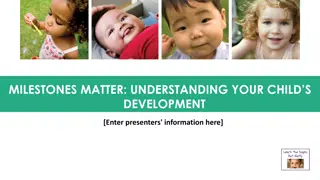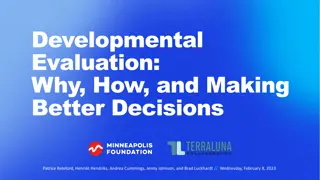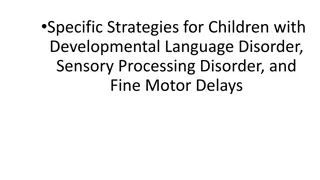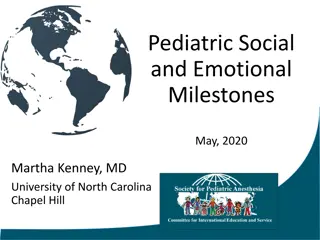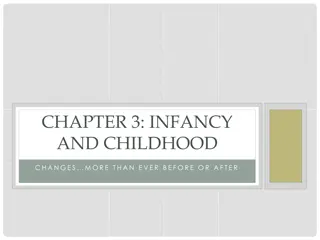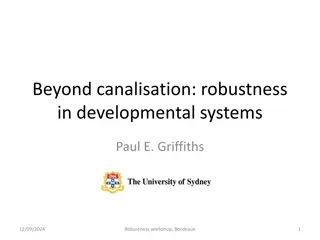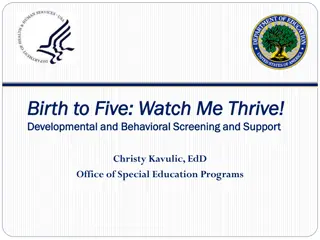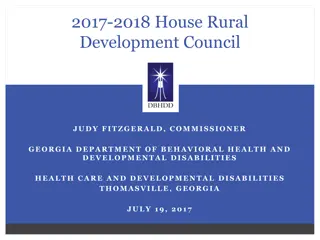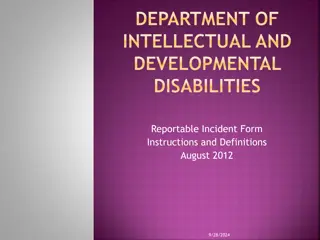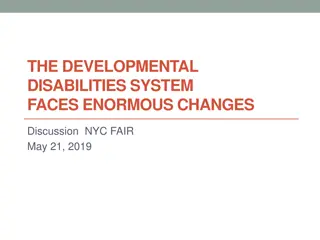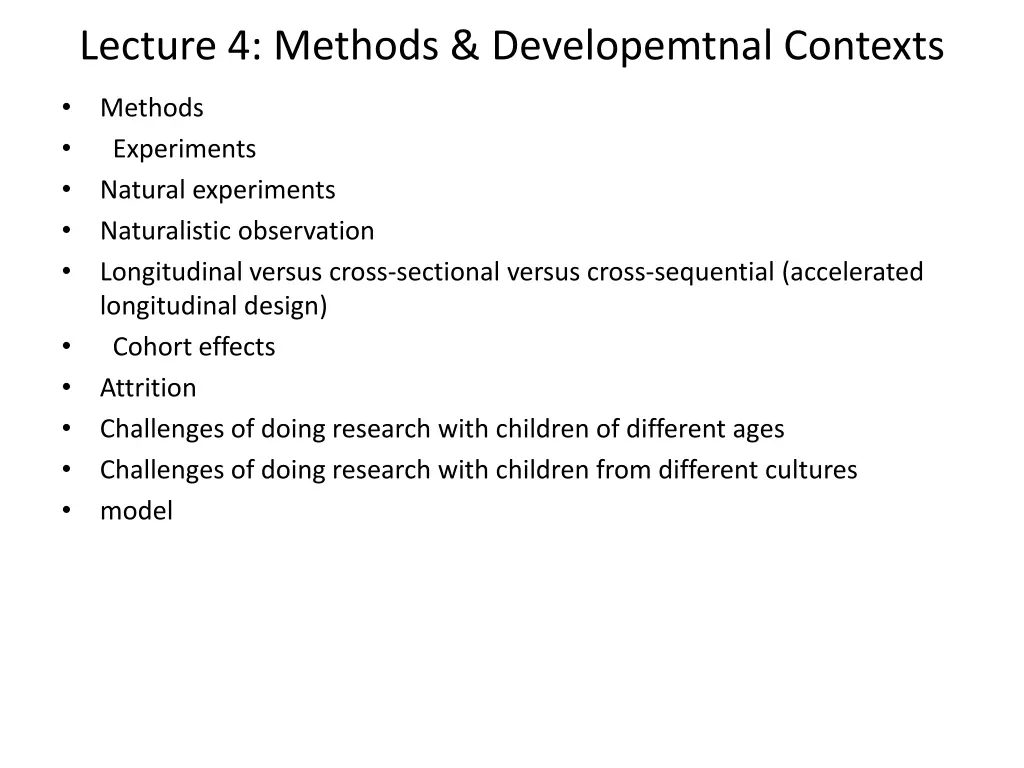
Developmental Contexts: Methods, Experiments, Observations & Challenges
Explore different research methods like experiments and naturalistic observations in developmental contexts, along with challenges faced when working with children of various ages and cultures. Understand the design of developmental studies and the impact of different environments on child development.
Download Presentation

Please find below an Image/Link to download the presentation.
The content on the website is provided AS IS for your information and personal use only. It may not be sold, licensed, or shared on other websites without obtaining consent from the author. If you encounter any issues during the download, it is possible that the publisher has removed the file from their server.
You are allowed to download the files provided on this website for personal or commercial use, subject to the condition that they are used lawfully. All files are the property of their respective owners.
The content on the website is provided AS IS for your information and personal use only. It may not be sold, licensed, or shared on other websites without obtaining consent from the author.
E N D
Presentation Transcript
Lecture 4: Methods & Developemtnal Contexts Methods Experiments Natural experiments Naturalistic observation Longitudinal versus cross-sectional versus cross-sequential (accelerated longitudinal design) Cohort effects Attrition Challenges of doing research with children of different ages Challenges of doing research with children from different cultures model
Lec. 4 outline continued Contexts of Development Marasmus, hospitalism, failure to thrive, institutionalization Urie Bronfrenbrenner s model Biological environment Species wide characteristics Individual characteristics Immediate environment Family, including bidirectional effects Neighborhood Peer group Day care/schooling Social and economic environment Economic (including maternal employment) Nontraditional parenting Single, Gay/lesbian, foster, divorce SES and poverty, homlessness Cultural environment Interactions among the levels in Bronfrenbrenner s
Experiments Advantage clearly establishes causality Problem many of the things we would like to investigate it would be unethical to intentionally do to a child to investigate its effect (e.g., child abuse, starvation) Natural experiments provide a partial solution to this limitation
Naturalistic Observation Advantage ecological validity Disadvantages: Many uncontrolled variables Usually not a random sample
Design of Developmental Studies Longitudinal to understand changes with age follow the same children as they grow older Crossectional study groups of children of different ages and presume the differences between the age groups are a consequence of development. Cross-sequential (accelerated longitudinal) combines the two designs above. Is particularly good for revealing cohort effects and helps in understanding non-random attrition.
Challenges of working with different age groups Does the task mean the same thing at different ages. Ceiling and floor effects.
Challenges of doing research with children from different cultures Does the task mean the same thing to individuals from different cultures. Do they respond to research situations similarly. What norms do you use?
Contexts of Development Feral Children (the wild boy of Aveyron) Rene Spits (1945) orphanages Romanian orphanages more recently Concepts Marasmus, hospitalism, failure to thrive, institutionalization
Biological Environment/Individual Child Species-wide characteristics Strongest evidence for the importance of heredity Physical characteristics Propensity to learn Propensity to be social and emotional Individual differences Traits/temperaments Interaction between the genetics and environment canalization
Childs Immediate Environment Family Bidirectional effects Fathers (direct & indirect effects0 Siblings Day care (no demonstrable negative effect) Peer group (symmetrical relations) Neighborhood collective socialization School - John Dewy (good or bad)
Social and Economic Context Social Capital Theory Maternal employment Single Parents Divorce Non-traditional families SES poverty Homelessness--unemployment
Poverty in US Graph in text looks encouraging with rates going down between 1960 and 2000, although uneven for children with an increase between 1970 and 1990. Unfortunately, poverty rate for children increased between 2000 to 2010 from 16.2% to 22.0% Cycle of Poverty
Cultures Cooperation Education

